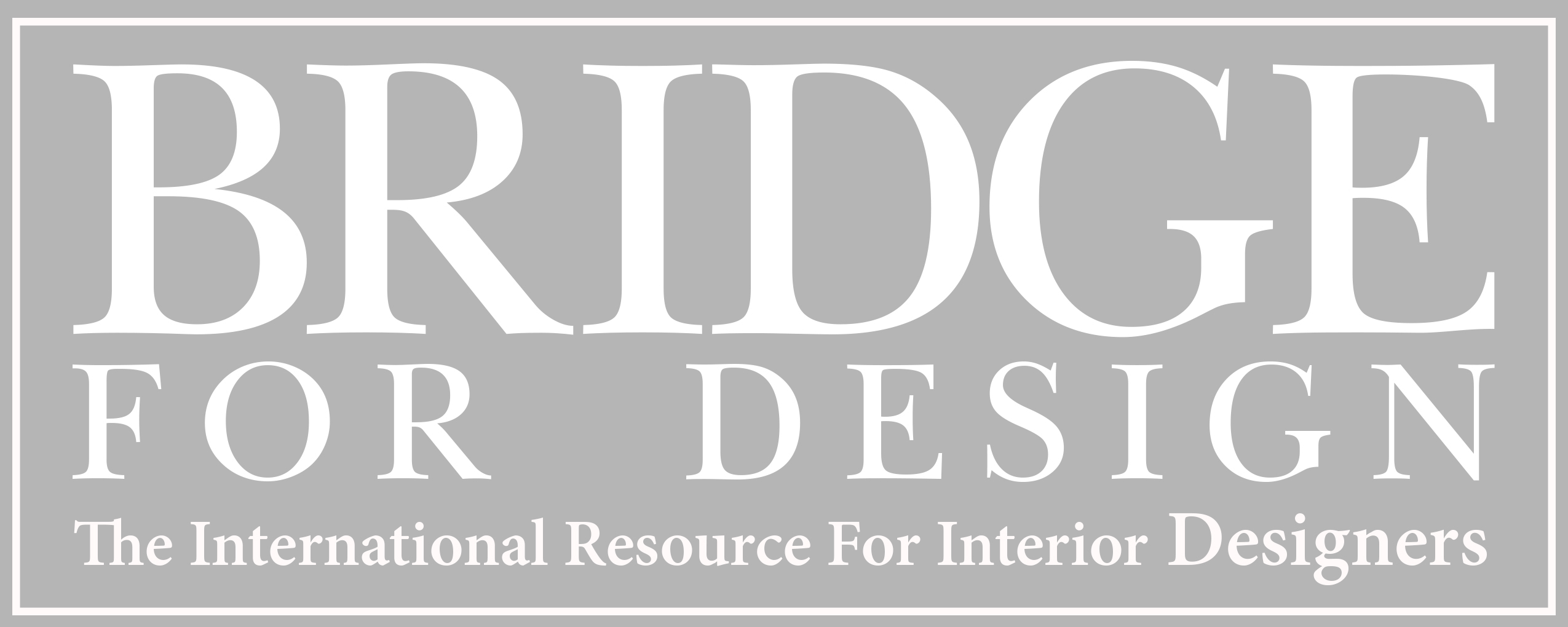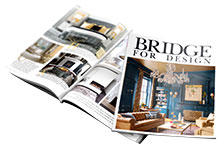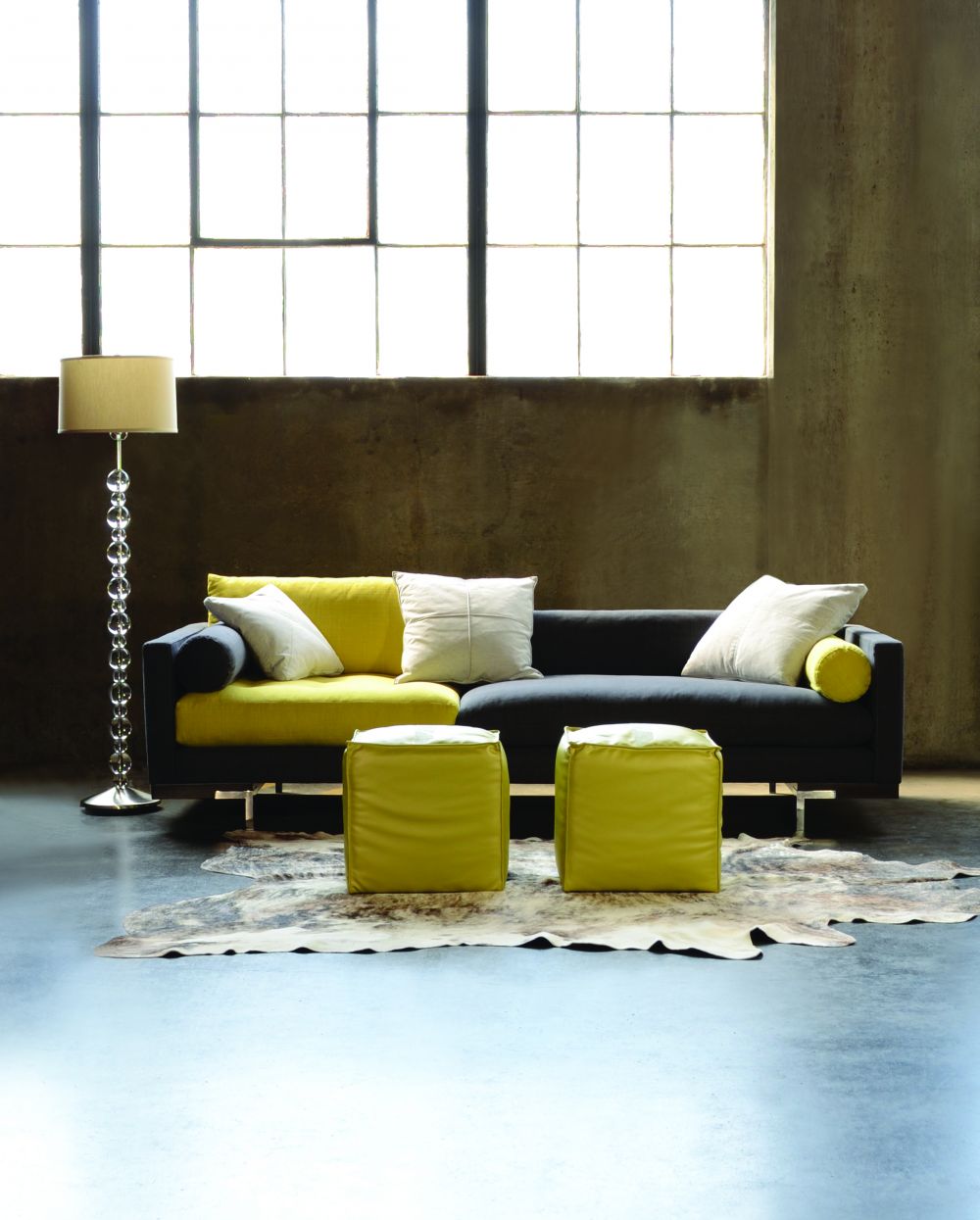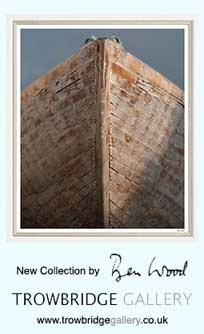The Emmy Award-nominated score by composer Duncan Thum includes a sweeping track he labelled Call of the Wild. It certainly sets the right tone for Chef’s Table, one of last year’s most inspirational documentary series. And, one can imagine the tune playing in the background of our present day obsessions - lofty notions of simple living and a romantic sense of beauty - influenced, perhaps, by the singular subjects which the series sets out to profile.
In two episodes, we are transported to remote settings near Buenos Aires, Argentina, where Chef Francis Mallman prepares simple meals from locally sourced foods for his friends - requiring only an open fire in the Patagonia wilds of his native land - and to Järpen, Sweden, where Chef Magnus Nillson artfully composes dishes that appear to reflect the natural beauty surrounding him. Both conjure for us a world of romance and solace.
There’s a sense of minimalism, yes; but of warmth and connection, too. Isn’t that the way we feel when surrounded by natural materials.
Today, savvy brands capitalize on similar emotional and natural connections for engaging with their audiences.
Italian fashion house Gucci cast another Swedish sensation, indie pop singer Lykke Li, in their promotional video for Spring/Summer 2015, directed by Diana Kunst. Inspired by Li’s hit song Just Like A Dream, the brand describes the project as a dreamscape of music, fashion and creative inspiration.
Streaming sunlight, sun dappled interiors and a Pantone-worthy, pastel pink and blue sunset play prominent roles in the video’s attractions - also serving as a pleasant predictor for the delicate pink and copper tones trending now in interior spaces.
Although white walls remain an important foundation for many living spaces, the warmer elements of soft light, wood and brass, grey accents and asymmetrical shapes, or occasional pops of bright colour, work together to keep starkness at bay and serve as an artful backdrop for special pieces.
The new Whitney Museum of American Art, designed by acclaimed architect Renzo Piano and recently opened in New York City’s meatpacking district, at one end of the pedestrian-friendly High Line park, represents an ideal expression for many of these themes.
Architecture critic for the New York Times, Michael Kimmelman, said in his review of the new museum: “There’s a generosity to the architecture, a sense of art connecting with the city and vice versa.”
A natural backdrop for showcasing art, the museum’s interior white walls are balanced by weathered pine floors, repurposed from old factories. The building’s exterior form is a study in geometry; its metal frame resembles an irregularly shaped, multi-faceted gem - although a beloved patchwork quilt also comes to mind. It’s high tech, and high touch, too.
Some art is more ubiquitous. The crossover between art and commerce is omnipresent today, with companies like Nike soon to introduce its AirMax 2016 model, a limited edition athletic shoe design with a unique pixelated pattern positioned at each heel. It’s not quite like owning a Roy Lichtenstein original, but suspense around the launch date is at a fever pitch, with “leaked” photos of the sneaker on the Internet.
White walls have long been the default hue in small spaces and it makes sense, of course, helping to expand size perception. If New York City’s new micro-apartments, set to open in the Kip’s Bay neighbourhood this Spring, are any indication of things to come, we’d all better get around to adding space-saving functionality to our designs.
As designers ponder projects on the near horizon, it’s worth noting that our emotions and unfiltered reactions to the natural environment may lead to the biggest trends in residential interiors this year.





